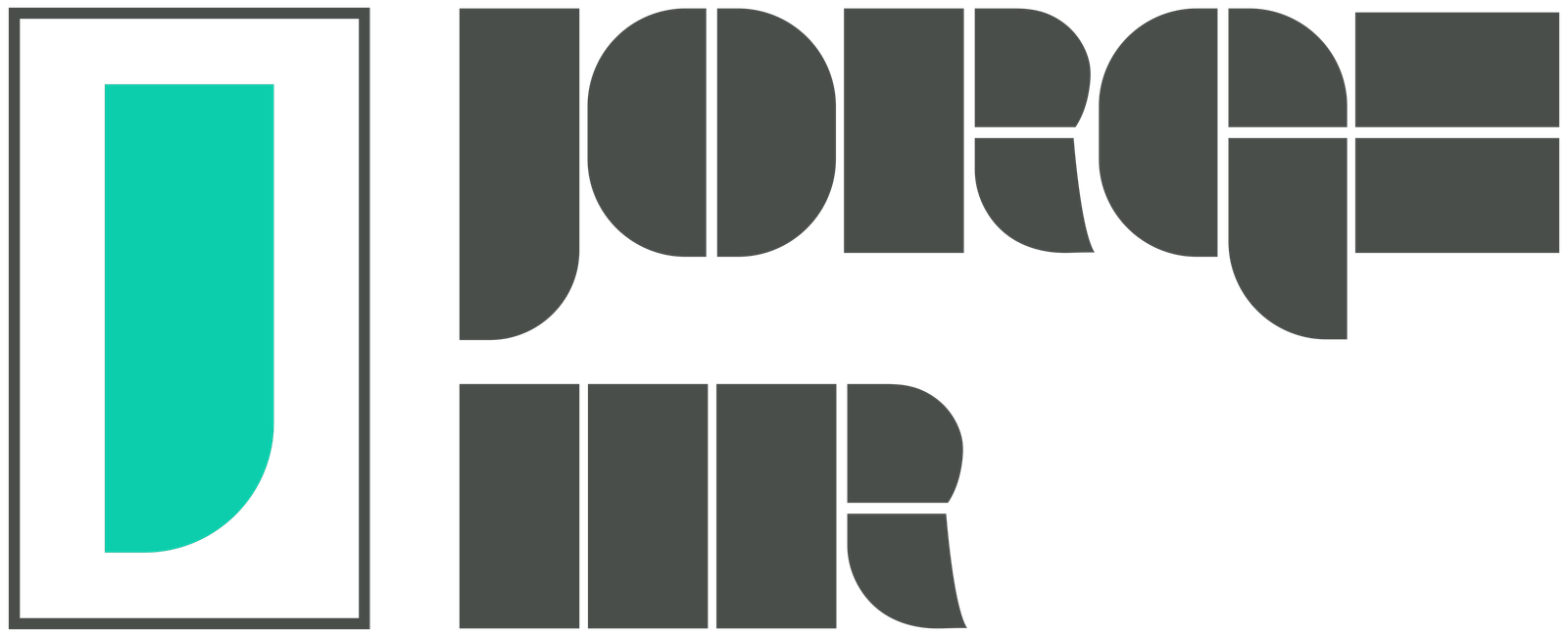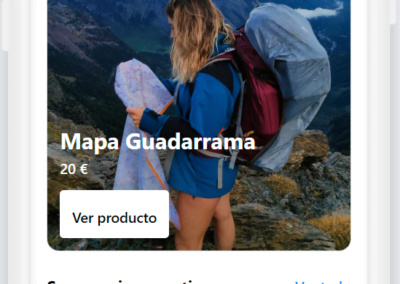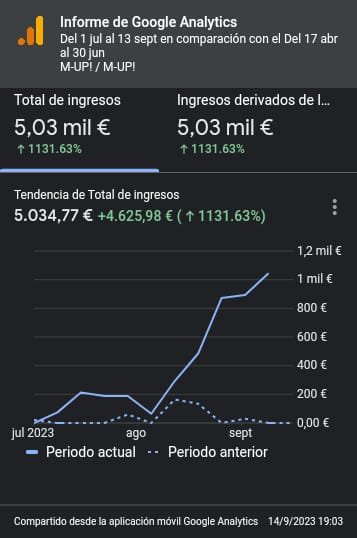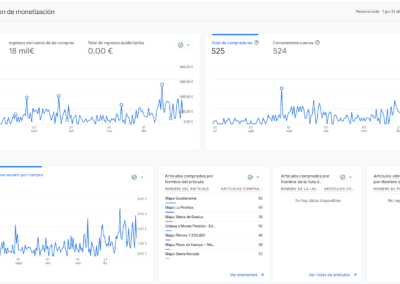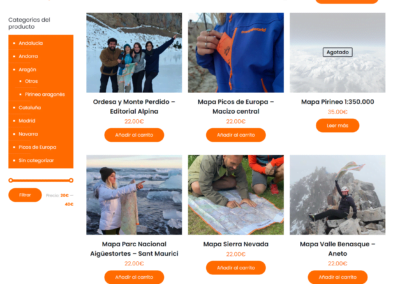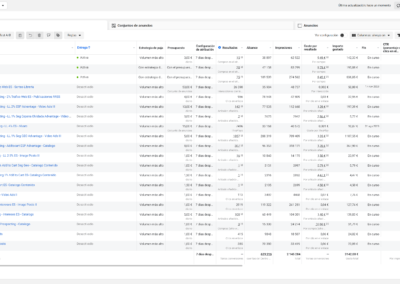Scale an Ecommerce from 0 to more than 5.000€ Monthly Revenue.
As it happens with everything in life, when you start from scratch a project in which everything is still to be done is where you end up learning the most. In this case it is a start-up with a very specific and innovative market niche with a good offline distribution network, that is to say, with a product that works at market level (in the Autonomous Community).
total number of team members:
Three
Main role I played on the team:
Paid Media Strategist
Project Duration:
Six Months
The Problem
They had been growing and strengthening their offline distribution channel for several years, at the provincial level, in retail stores such as bookshops and specialised shops, however, they had an ecommerce with stock and payment gateway with almost no transactions.
The Solution
The solution involved creating several mass campaigns prioritising the impacts in the metropolitan area at the moment a person wanted to take a taxi. To do this, several highly emotional creatives were created around 3 specific claims, the telephone number and the feeling of rootedness. Once the visual and emotive part was achieved, the extra services that users would value and the company’s unique selling proposition were communicated in a secondary way.
The Process
Insights and Strategic Considerations
- As it is a niche market with a certain seasonal variability of demand, it was planned as a winter and a summer period, with two different communications and creativities.
- Throughout the process we realised that the image of a person holding the fabric map corresponding to the locality worked much better in the catalogue.
- Focusing on IG in the first few campaigns led to an unexpected increase in followers.
- Seasonal thematic content.
- Storytellings with someone who resembles our audience, who is «good» at the activity that uses the map, with a charismatic, authentic and natural way of expressing themselves, etc.
- 100% mobile-optimised video content.
- Top of the Funnel with 70% of the budget
- Two advance+ campaigns with sales targeting and very broad segmentation, together with the support of a third one with interest-based segmentation.
- Mid of the Funnel with 20% of budget
- One advance+ campaign with sales targeting and L&L targeting at 3% of the customer list (it is a prospecting campaign because there was also some overlap between audiences, but it would really be a campaign in TOFU)
- Bottom of the Funnel and 10% of the budget
- Advance+ campaign with sales targeting, using for them custom audiences from the last 90 days of web traffic, people who watched the video more than 75% of the duration, and people who interacted with an asset on IG and FB.
Next Steps
- Hire an agency to create User Generated Content.
- Start testing content with Tik-Tok and structure campaigns on this platform.
- Use Google Ads Pmax and Shopping to acquire new users.
- Create a short landing page with a squizz funnel for a special event.
- Implement an Emailmarketing and SMS strategy with Klavyo to increase the current monthly turnover by up to 30%.
The Results
The results came to reflect a good strategy to make the transition from offline to online.
%
ROAS
New Followers
Cost per Purchase
%
